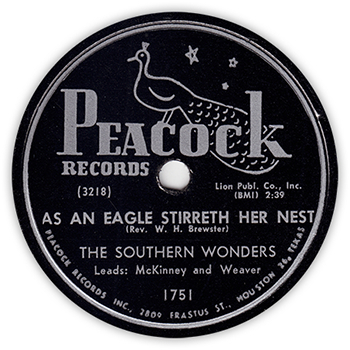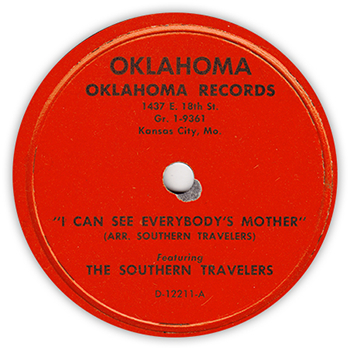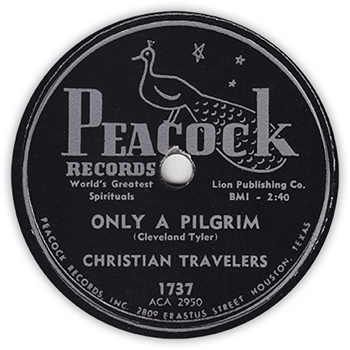Scans are added for Peacock 1758 and 1784.

Scans are added for Peacock 1758 and 1784.

Images have been added for Peacock 1749 and 1751.

I started listing more gospel for sale on Discogs, especially 78rpm records. You can find my offerings here. My efforts on Discogs will be accompanied by additions to the bless-this-soul website and I hope to add a number of Peacock scans in the upcoming weeks. Today I added scans of Oklahoma 12211, an obscure 78 by the Southern Travelers. This record was already shown in the 78rpm gallery, but now a page has been added with both labels of this disc; the image in the gallery is now linked to this new page. Oklahoma 12211 is for sale on Discogs.

Images were added for Peacock 1741, both the 45rpm version and the 78rpm version.

Scans for Peacock 1736 and 1737 have been added to the Peacock discography.
